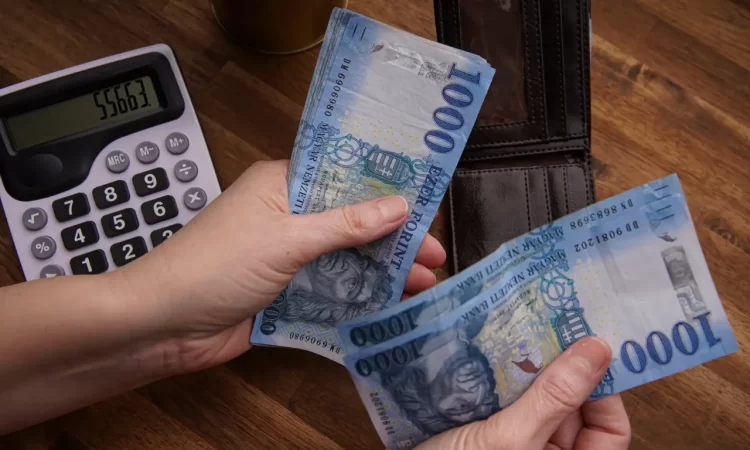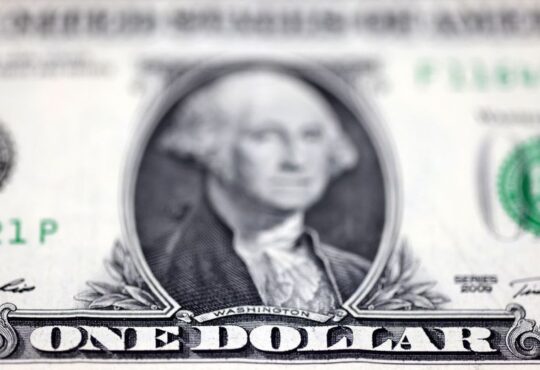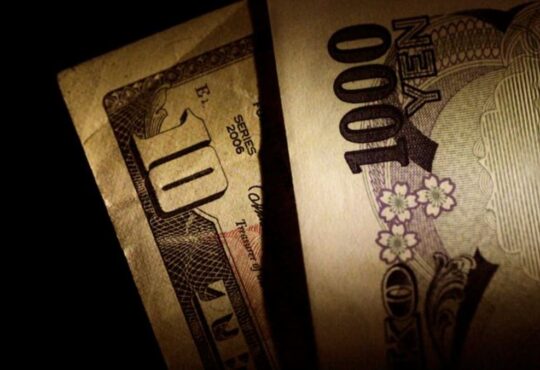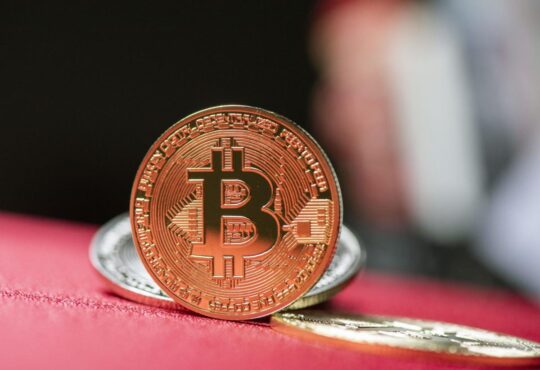
The leading analyst of CIB Bank, Mariann Trippon, gave a precise prediction of the forint’s future. The Hungarian currency has been struggling in the last few months, partly because of international and domestic reasons. Will we have to pay HUF 400 for 1 EUR in the second half of 2023 or just 360? That is the big question she answered, and her result is quite astonishing and logical at the same time.
According to G7.hu, the forint may take three possible levels: 400, 385, and 365 per euro. To predict where the forint will be months later, we have to know what factors affect its currency exchange rate. In 2022, the forint was one of the worst-performing currencies in the world. Meanwhile, in H1 2023, it was one of the best-performing ones. How is that possible?
Read also:
Firstly, the Hungarian national bank introduced a high base interest rate, one of the world’s highest (18%). Furthermore, they announced they would not reduce that as long as inflation is not down and the forint is not protected. As a result, many investors borrowed money in EUR, USD, GBP, etc and invested in forint, increasing its value. The strategy worked but balancing it costs a lot for the Hungarian taxpayers (because they pay the high interest rates, which makes the business profitable for the investors).
Here is what the future holds for the forint
Moreover, European gas prices decreased, the global market started to boom, and investors were optimistic concerning the foundations of the Hungarian economy. However, investors will not park their money in forint forever, so such strategies are risky in the long run. And that is why the forint’s currency exchange rate changed significantly between January and August. We paid 365 and 395 for one euro during these months.
Read also:
However, in the next few months, Hungary will lose its advantage concerning the high interest rates because the national bank announced a gradual rate-lowering program, while the Fed and the ECB said they would not modify their interest rate. Thus, the advantage of Hungary and the forint will soon vanish. Among additional risks, the analyst mentioned the lack of EU money and the state of the budget. Among the good news, she wrote about the lowering inflation rate and the national bank’s more calculable monetary policy.
The positive and the negative effects may balance each other, so the 380-385/EUR exchange rate might remain in H2 2023.





